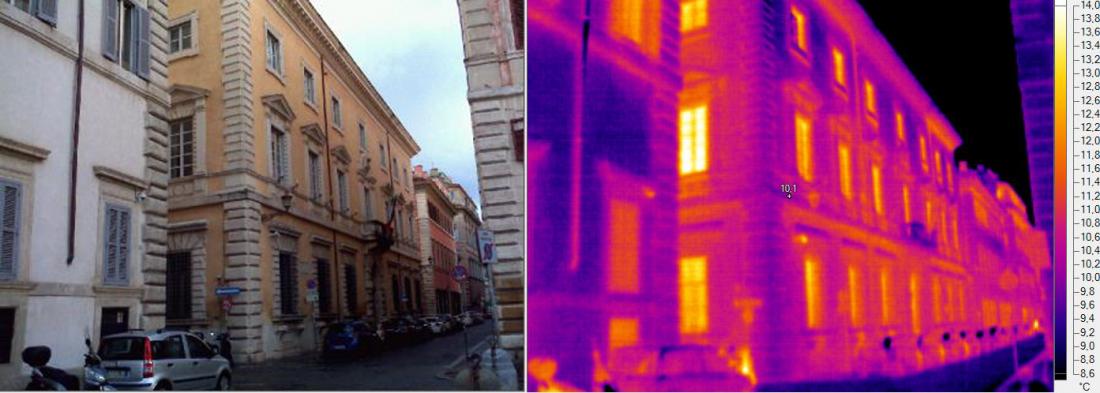BEEP: how to carry out an energy audit of a historical building to be financed with private funds?

The document titled "Guidelines for EE-HBIM (Energy Efficiency Heritage Building Information Modelling) development of existing buildings" has been prepared by BEEP partners. It constitutes the first part of a guideline for an energy audit of a historical building to promote its energy and environmental improvement, to be financed with private funds through Energy Performance Contracting, EPC (*).
With its practical approach, the guideline supports the building’s owners and managers through the whole process, from the analyses to the renovation project up to the EPC implementation, helping them decide the best course of action for each phase depending on their aims and resources.
This first part focuses on the analysis phase, which is paramount when dealing with built heritage, which are heterogeneous, complex and precious and generally have a distinct energy behaviour, optimized for climate with the use of passive strategies that should be taken into account in an energy improvement. Key analyses include: historical and architectural analysis, geometric survey, general conservation state, environmental and energy analysis and monitoring. All this type of information is collected and incorporated into a Heritage Building Information Model (HBIM) that is the digital representation of physical and functional characteristics of a historical building, creating a shared knowledge resource for information about it.
About the BEEP project:
BEEP project aims at strengthening the use of Building Information Modelling (BIM) to enhance energy efficiency in buildings. The testing of this emerging technology on built heritage will be performed to demonstrate its scalability to the entire building stock. The project will provide public administrations with a powerful method for the energy rehabilitation of public buildings to be supported with private funds through the Energy Performance Contracting (*). The project main outcome will be an innovative methodology based on the integration of emerging technologies tested on 9 heritage public buildings located in Italy, Spain, Cyprus, Jordan, Palestine, Lebanon, and Egypt.
(*) Energy performance contracting (EPC) is a mechanism for organising the energy efficiency financing. The EPC involves an Energy Service Company (ESCO) which provides various services, such as finances and guaranteed energy savings. The remuneration of the ESCO depends on the achievement of the guaranteed savings. The ESCO stays involved in the measurement and verification process for the energy savings in the repayment period. ESCO and energy performance contracting are mostly found in the public sector and to a lesser extent in the industrial and commercial building sectors (Hilke and Ryan, 2012). Source: European Comission
Follow BEEP project: Web, Facebook, Twitter









